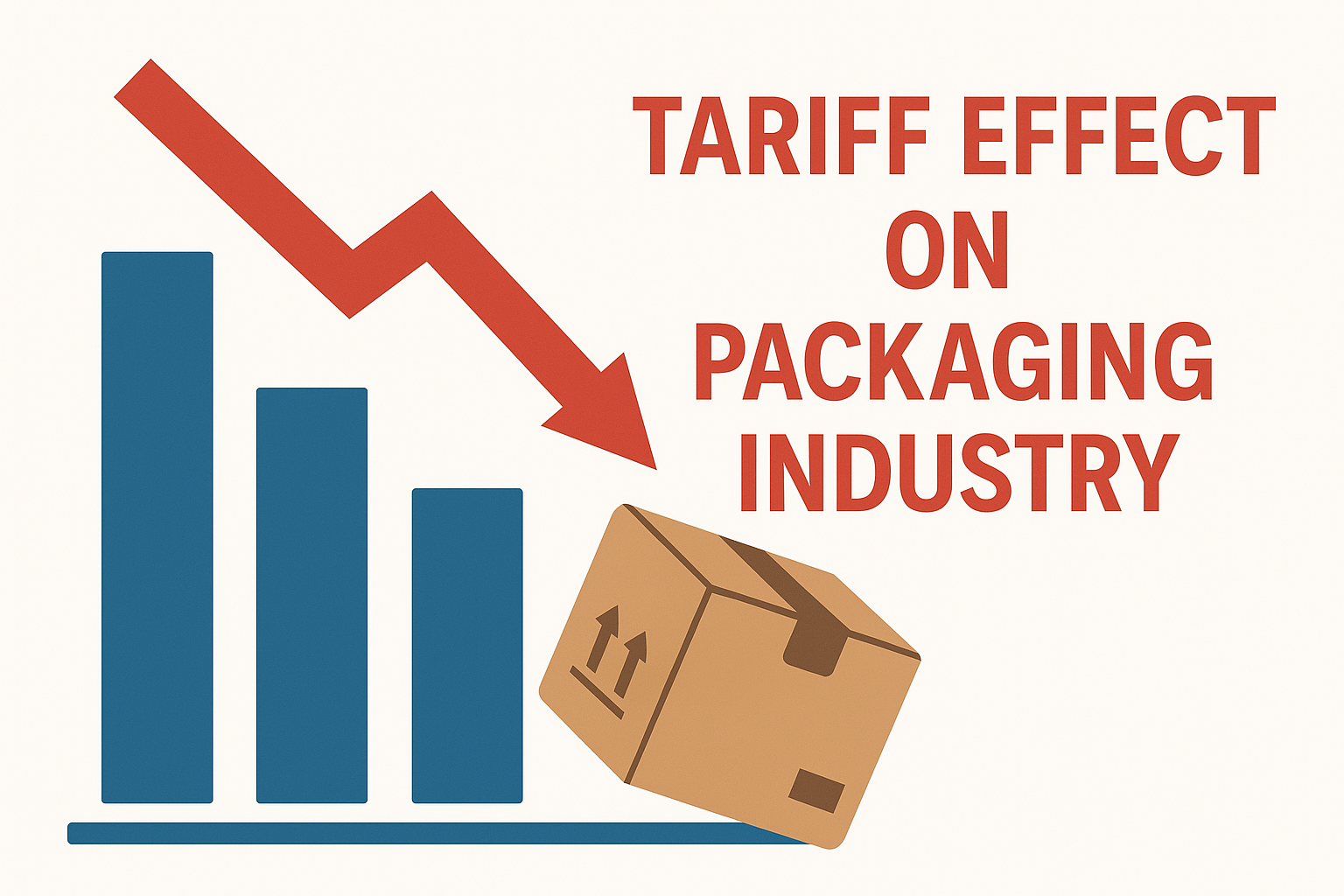
In an increasingly digital world, where screens dominate every aspect of our lives, E-Ink technology emerges as a quiet disruptor. Known for its energy efficiency and paper-like readability, E-Ink has already transformed industries like publishing and retail. But what lies ahead for this versatile technology? As innovation continues, E-Ink is poised to reshape the future of displays in unexpected ways.
The Journey So Far
E-Ink, short for electronic ink, was initially synonymous with e-readers like Amazon’s Kindle. Its unique properties—minimal power consumption, excellent outdoor visibility, and reduced eye strain—made it the ideal medium for digital books. Over time, its application expanded to electronic shelf labels (ESLs) in retail, wearables, and digital signage.
But as industries evolve, so do the demands placed on display technology. The future of E-Ink is about meeting those demands by becoming more versatile, colorful, and interactive.
Future Trends in E-Ink Technology
1. Color E-Ink: Expanding Creativity
Until recently, E-Ink displays were limited to grayscale, but advances like Kaleido and Advanced Color ePaper (ACeP) are changing the game. These technologies allow for vibrant colors while maintaining the low-power advantages of E-Ink. In the future, color E-Ink will enhance:
- Advertising and signage with eye-catching visuals.
- Educational tools, like interactive textbooks and maps.
- Creative applications in design and art.
2. Flexible and Foldable Displays
Imagine a smartwatch with a curved E-Ink display or a foldable e-reader that mimics the pages of a book. The development of flexible E-Ink screens is making such possibilities a reality. This innovation opens doors to:
- Wearable tech with more screen real estate.
- Portable displays for travelers and professionals.
- Architectural integration, such as wall displays that adapt to interior designs.
3. Integration with IoT (Internet of Things)
E-Ink’s energy efficiency makes it a perfect fit for IoT devices. In the future, E-Ink displays could become ubiquitous in smart homes and offices, appearing on:
- Smart appliances like refrigerators and thermostats.
- Home assistants with low-energy displays.
- Inventory tracking systems in warehouses.
4. Interactive and Dynamic Features
Interactive E-Ink displays, enhanced with touch sensitivity and augmented reality (AR), are gaining traction. Imagine:
- Retail shelves with dynamic product details that update in real time.
- Personalized packaging where consumers scan QR codes for tailored experiences.
- Interactive e-readers with multimedia capabilities.
5. Ultra-Low-Power Video Displays
While E-Ink is traditionally unsuitable for video, researchers are working to improve refresh rates. In the future, E-Ink could handle short video clips, making it suitable for applications like advertisements and training materials.
Industries Set to Benefit
1. Retail and Advertising
E-Ink is already a favorite for electronic shelf labels, but the future holds even greater potential. Dynamic signage with color and video capabilities will revolutionize outdoor advertising, offering sustainable alternatives to traditional billboards.
2. Transportation and Public Infrastructure
From bus stops with live schedules to road signs that update automatically, E-Ink displays will enhance public services. Their visibility under sunlight and low power requirements make them ideal for outdoor use.
3. Education and Publishing
Interactive, lightweight E-Ink textbooks will become the norm, reducing paper consumption and making learning more engaging. In publishing, hybrid e-readers with better color and interactivity will appeal to a broader audience.
4. Healthcare and Industrial Applications
E-Ink displays in medical devices could offer clear, battery-efficient interfaces for doctors and patients. Similarly, industrial equipment can benefit from durable E-Ink panels for monitoring and control in harsh environments.
Overcoming Current Challenges
While E-Ink has significant advantages, its adoption faces challenges:
- Slow refresh rates limit its use for dynamic content like videos.
- Higher production costs for color and advanced displays.
- Limited brightness compared to OLED and LCD in certain scenarios.
However, ongoing research and investment in E-Ink technology are addressing these issues. Improvements in manufacturing processes and material science promise to overcome these barriers, making E-Ink more accessible and versatile.
A Greener Tomorrow with E-Ink
In a world focused on sustainability, E-Ink aligns perfectly with eco-conscious goals. Its low energy consumption and potential to replace paper-based systems contribute to reduced carbon footprints. Future innovations in E-Ink could lead to:
- Completely paperless offices with digital notepads and labels.
- Sustainable advertising that cuts down on waste.
- Energy-saving IoT ecosystems for homes and cities.
The future of E-Ink is bright and full of potential. As the technology continues to evolve, it will transform industries ranging from retail to healthcare. Its ability to combine energy efficiency, versatility, and sustainability makes it a cornerstone of the next generation of displays.
Whether it’s a foldable e-reader, a smart home device, or a vibrant billboard, E-Ink’s future is about delivering smarter, greener, and more engaging experiences for everyone.







